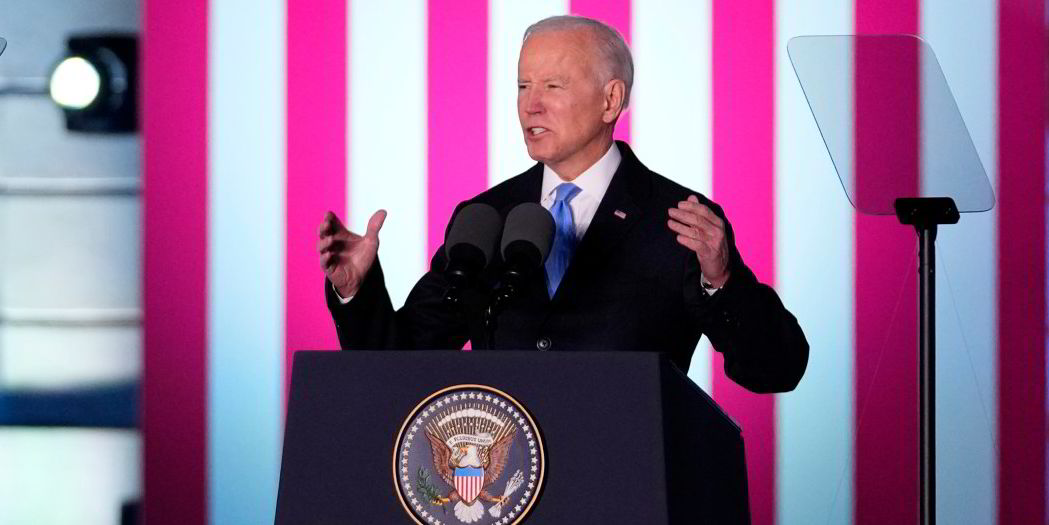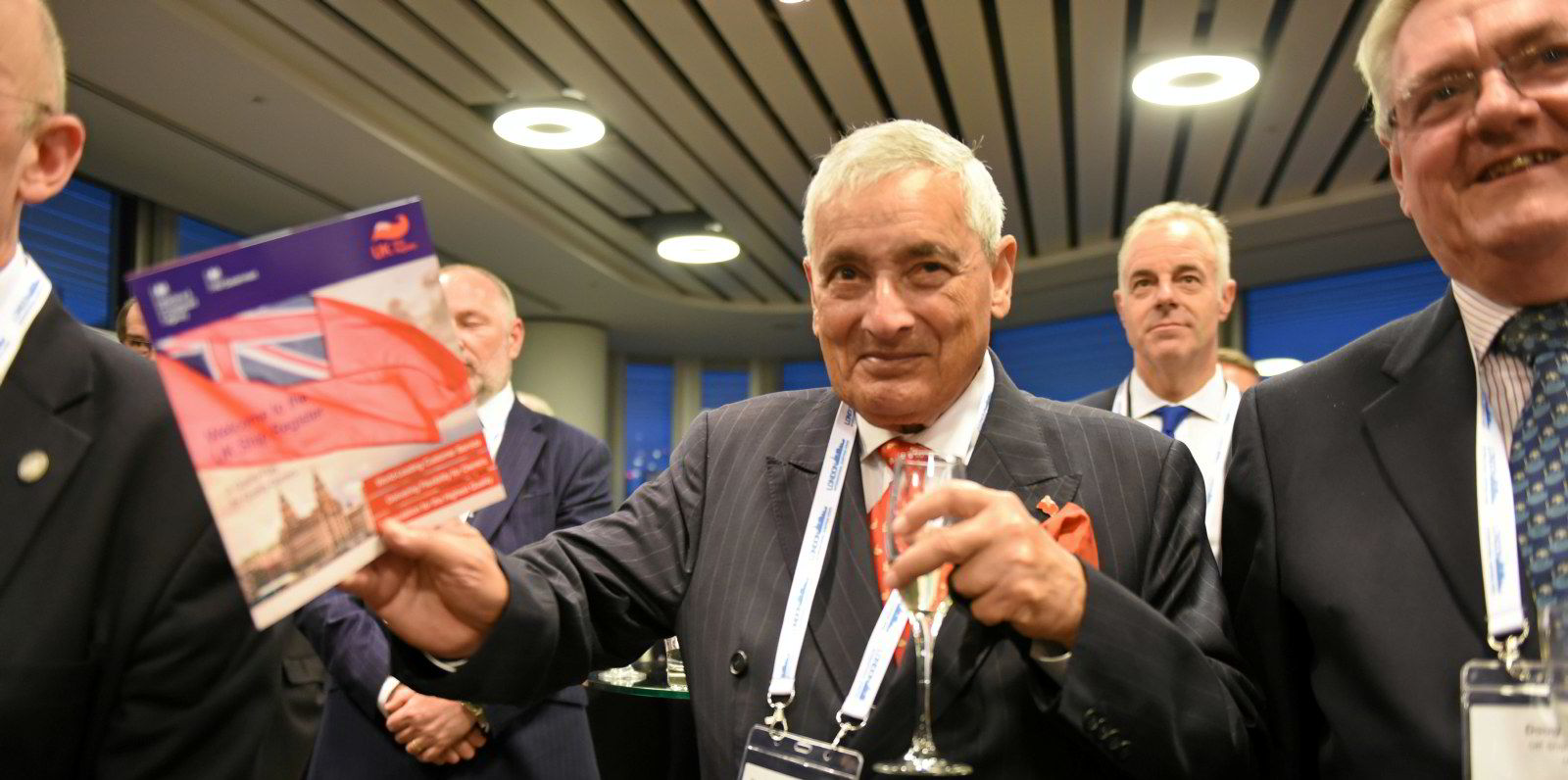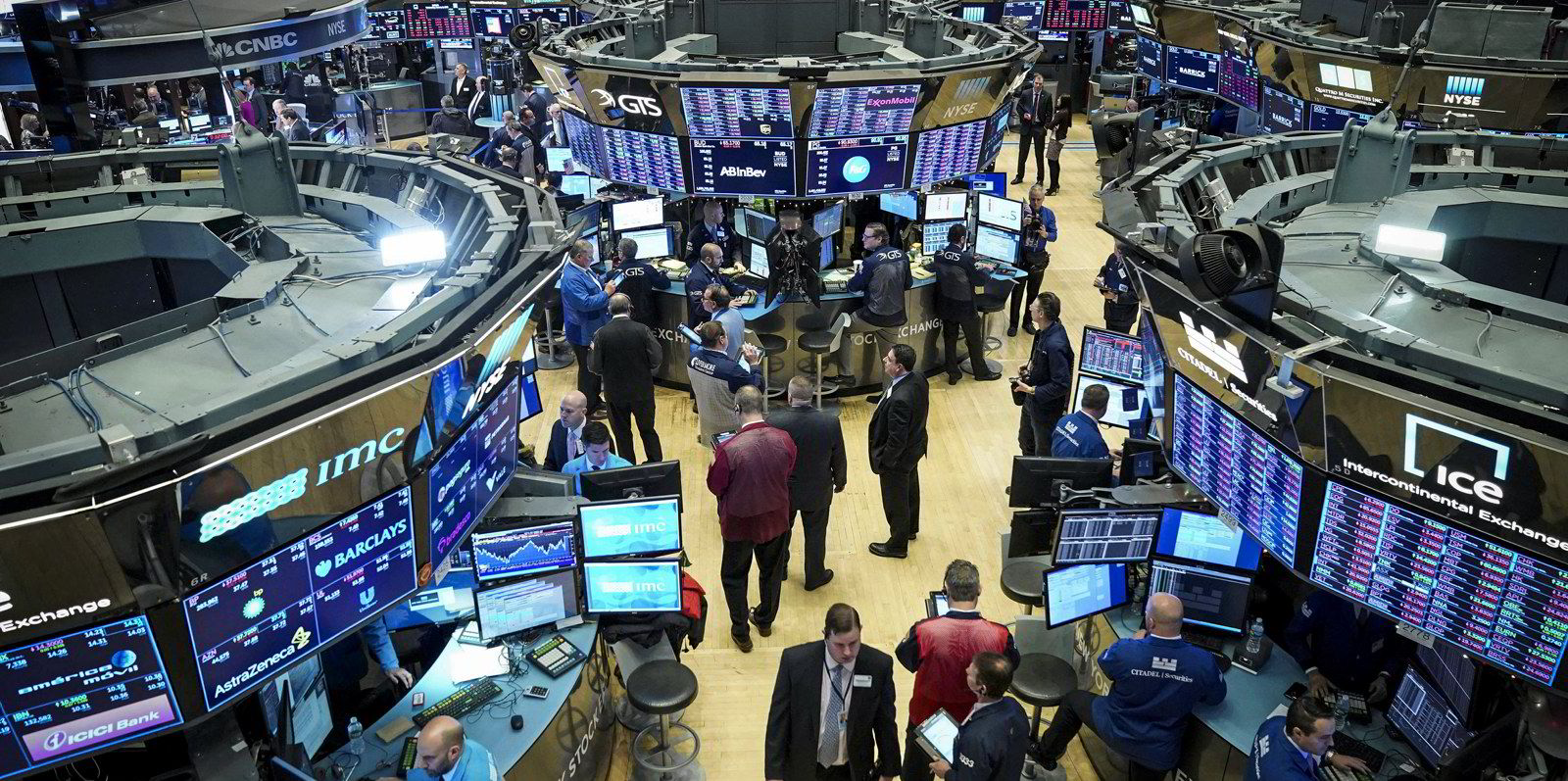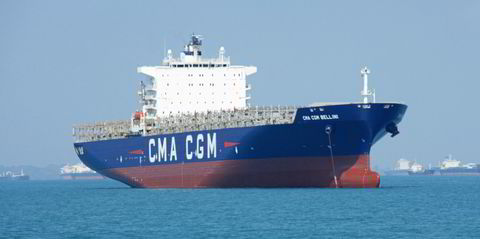Pipeline gas out, shipping gas in. To borrow the title of a 1969 British film: Oh, what a lovely war it looks like being for LNG carriers. The movie title was ironic. World War I was depicted and, in reality, was utterly horrible — as is the Russian invasion of Ukraine.
No one really wins a savage conflict but some can commercially gain from military and geopolitical upheaval and others lose out.
The gainers in this grim Black Sea drama may be the LNG sector, especially after last week’s announcement by Joe Biden.
The US president has promised to provide Europe with an extra 15 billion cubic metres (bcm) of shipped gas in 2022 and 50 bcm by 2030.
Little wonder there was a spike in the share price of leading gas carrier owners such as GasLog Partners, Capital Product Partners and Golar LNG.
Equity prices this week came slightly off their peak but GasLog Partners capitalisation was still 25% higher on Tuesday than at the start of the year.
Charter rates, which have been turbulent in past months, have also been rising, with modern vessels being snapped up for multi-year contracts amid warnings of future shortages.
The era of European Union dependency on Russian pipelined gas is on its way out — even as Siberian supplies continue to move through Ukraine to Europe as the land battles rage.
The new Nord Stream 2 gas pipeline from Russia has been stopped as Germany withdrew its regulatory consent.
The European Union — and its 27 member states that take 40% of gas supplies from Kremlin-controlled Gazprom or others — is now committed to slashing this back as much and as soon as possible.
Most of the Russian gas comes from pipelines, although a third comes from Moscow’s own LNG plants such as Yamal in the Arctic and Sakhalin in the Far East.
A big question mark hangs not only over the Russian plans for new projects such as Arctic LNG but also over the wider development of the Northern Sea Route.
Sanctions against the country could halt the 35 LNG ships ordered by Sovcomflot and other Russian owners or charterers currently under construction in South Korea.
In Europe, there are now plans for fast-forwarding renewables to generate electricity but non-Russian LNG will take up much of the slack.
This is a major boost to international shipping and should make a useful dent in the rather too large orderbook for VLGCs that stands at 47.
Germany, Poland, Estonia and others are all madly now pressing ahead with new LNG import facilities even though environmentalists say this will ... undermine climate action
Little wonder that canny shipowners such as Ravi Mehrotra has been snapping up VLGCs and looking for more, not least to serve a booming Indian import trade.
The Biden plan sewn up with the EU is also a boost to Russia’s rivals — clearly the US but also Qatar, Australia and Norway. Oslo-based Rystad Energy consultancy has estimated that there could now be $35bn-worth of new investments pumped into new US LNG export projects.
The US is already producing all it can in the way of LNG, although new “trains” are coming on stream this year that will increase output.
Biden said the 15 bcm of new gas promised to Europe will come partly from “international partners” — without specifying who they are.
Germany, Poland, Estonia and others are all madly now pressing ahead with new LNG import facilities even though environmentalists say this will lock in fossil fuels and undermine climate action.
My colleague Lucy Hine reported that two Dynagas vessels are expected to be chartered as floating storage and regasification units, or FSRUs, for work in Germany.
A Hoegh LNG vessel is also in the mix while Germany progresses plans for gas import terminals to be constructed at Brunsbuttel and Wilhelmshaven.
GasLog earlier this year won approval to build a floating LNG import terminal at Alexandroupolis — a northern Greek town close to Turkey.
Then there is the growing number of ships now being built with main engines fuelled by LNG to lower carbon emissions.
China and others remain neutral on Moscow and will likely buy more Russian gas in moves that will continue to influence global prices.
But the West is hellbent on a new era of what the US Department of Energy liked to call “freedom gas”. Shipowners are unshackled.






